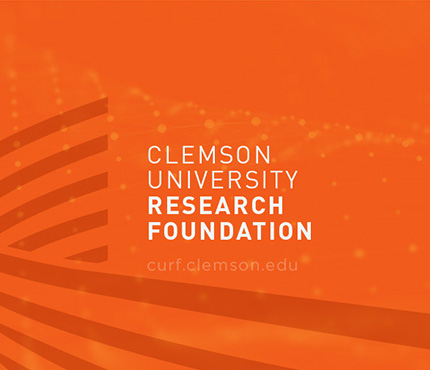Keywords: Sustainable Manufacturing, Sustainable, Plastics, Manufacturing, Lignin, Environmental, Automotive
Market Overview
Polyurethane foams and plastics are widely used in the furniture, building, life sciences, and automotive markets due to their low-permeability, chemical resistance, and elasticity and toughness. Their production, however, involves numerous toxic additives and substances that pose a significant risk to workers and consumers. Compounds like phosgene and diisocyanates contain multiple health hazards and are classified as “Cancer Causing, Mutagenic and Reproductive Toxins”. To combat this, Clemson University inventors have developed a synthesis of polyurethane that replaces the use of toxic compounds. Their protocol makes use of agricultural by-products, such as lignin, and non-toxic organic carbonates. The result is a polyurethane compound containing 100% bio-content. The GlobalNewsWire estimates the lignin market to grow by 1,028.70 million by 2028. The use of lignin is particularly innovative, given its ability to produce materials of high strength due to its unique chemical structure. Using a high level of biomass in the formulation and developing the conditions for its chemical recycling, this technology enables a sustainable polyurethane in a market dominated by the challenge of persistent plastic waste in the environment.
Srikanth Pilla
James Sternberg
2020-026
Applications:
Automative, Packaging, Insulation, Lignin, Sustainable and Biodegradable Plastic, Lightweight Materials
Technical Summary:
The experimental protocol makes use of technical Kraft lignin without depolymerization or fractionation with organic carbonates to functionalize the lignin macromolecular structure with 5-membered cyclocarbonate groups. The technique makes use of glycerol carbonate at 150°C for 1.5 hours with Kraft lignin and a subsequent step using dimethyl carbonate at 75°C for 4 hours to produce cyclocarbonate groups on the backbone of lignin. The curing reaction makes use of a 100% biobased diamine derived from vegetable oil. The addition of curing agent to the cyclocarbonated precursors causes fast gel times enabling the curing and foaming reaction to occur on similar timescales. For the foaming reaction, a unique process developed in our lab called “delayed addition” (DA) makes use of polymethlyhydrosiloxane (PMHS) as foaming agent. The DA approach allows for a time interval before addition of the foaming agent allowing the crosslinking reaction to progress in the NIPU formulation.
Advantages:
• Creates reactive molecules from lignin using non-toxic and bio-based reagents
• Addresses the problems of environmental threats without contributing to the global crisis of plastic waste
• Presents an entirely new concept of packaging materials using 100% biobased compounds
Technology Overview
Patent Type
Filed
Category
Serial Number
18/007,992
CURF Reference No.
2020-026
Inventors
Srikanth Pilla, James Sternberg
For More Info, Contact:
Interested in this technology?
Contact curf@clemson.edu
Please put technology ID in subject line of email.
Contact
Latest News from CURF
Stay up-to-date with the latest trends in the innovation and research industry. Sign up for our newsletter to see how CURF is making a difference and impacting the economy where we live.









